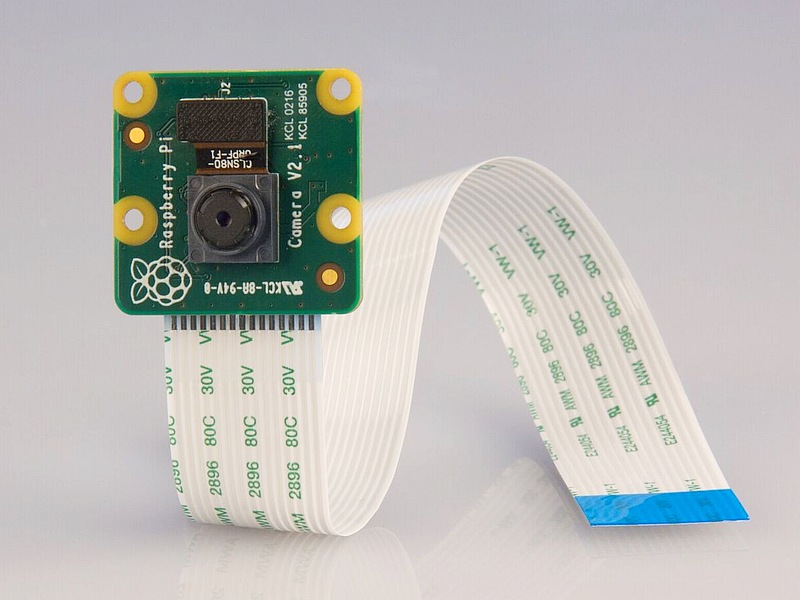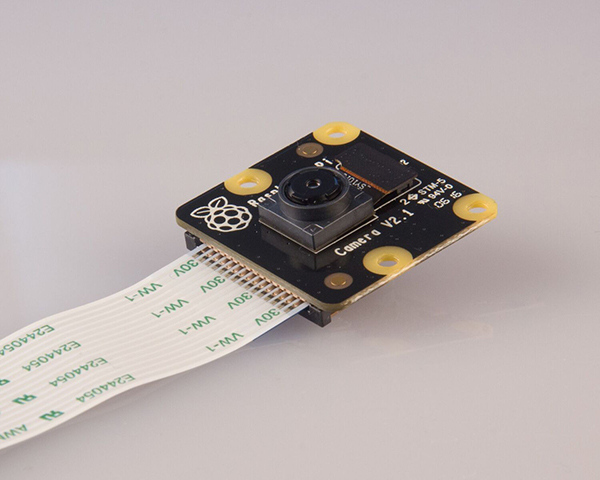The Raspberry Pi has evolved through multiple refreshes since its original launch in 2012, but its first accessory, a 5-megapixel OmniVision camera module, has remained unchanged. Now the company has introduced the choice of two new camera modules: visible light or infrared, which are based on the Sony IMX219 8-megapixel sensor.
Always meant to be affordable, the credit card-sized computer is part of the reason why the camera accessory hasn’t been updated, since the Raspberry Pi Foundation and its partners bought a huge amount of sensors, which kept prices low, ensuring they had enough stock for years to come. But according to Raspberry Pi founder, Eben Upton, the Omnivision OV5647 sensor was end-of-lifed at the end of 2014 and the large stockpile was depleted.

The new visible-light camera will still cost $25. Image source: Raspberry Pi Foundation.
“Fortunately, we'd already struck up conversation with Sony's image sensor division, and so in the nick of time we're able to announce the immediate availability of both visible-light (seen above) and infrared cameras (seen below) based on the Sony IMX219 8-megapixel sensor, at the same low price of $25,” Upton said in a recent blog post.
For those who aren’t aware, the IMX219 has a fixed-focus sensor and can output photos with resolutions of up to 3,280 x 2,464 pixels, and 1080 p at 30 fps. The organization said the new sensor represents more than a resolution upgrade, and was also chosen for its image quality, color fidelity, and low-light performance.

The updated infrared camera module. Image source: Raspberry Pi Foundation.
The Sony sensor is paired with the VideoCore IV multimedia processor architecture, which features an advanced image sensor pipeline (ISP). The ISP must be tuned to work with the sensor to correct for artifacts such as thermal and shot noise, detective pixels, lens shading, and image distortion. Most of the effort was concentrated on developing an auto lens shading algorithm, to take into account manufacturing variations between modules and auto white balance tuning, which tries to capture the colors of a scene no matter the color temperature of the ambient light.
Currently the two cameras are available from RS Components and element14 websites, and will soon reach other retailers.
Source: hardwarezone.com
Advertisement
Learn more about Electronic Products Magazine





